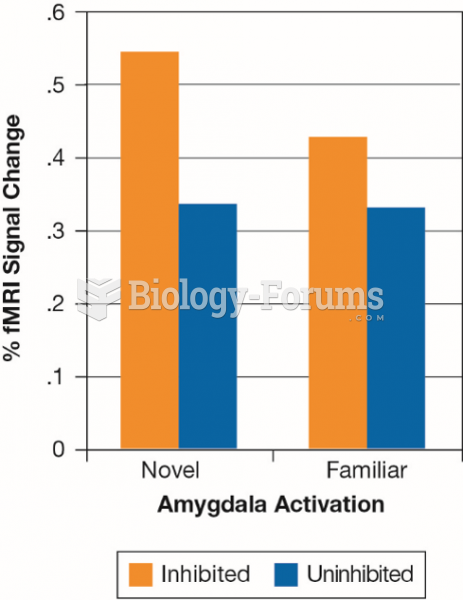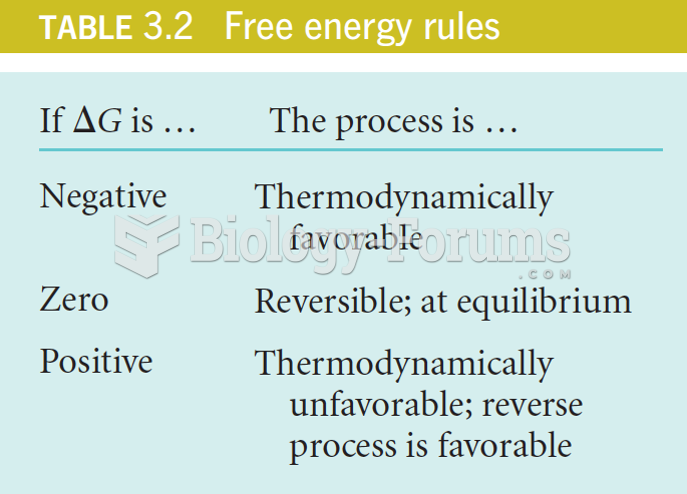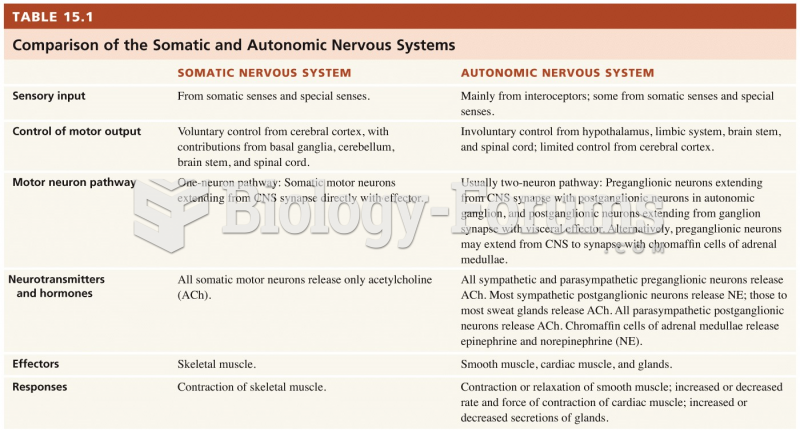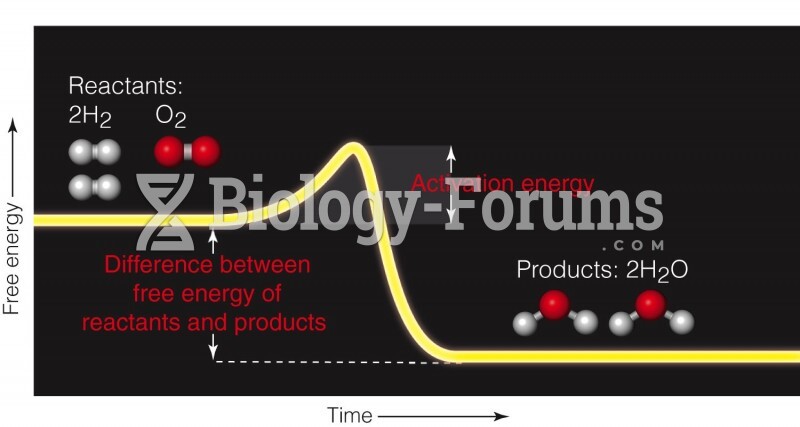Answer to Question 1
The behavioral activation system (BAS) stimulates behavior in response to signals of reward or nonpunishment. In contrast, the behavioral inhibition system (BIS) produces anxiety and inhibits ongoing behavior in the presence of novel events, innate fear stimuli, and signals of nonreward or punishment. Other behavioral patterns may result from the relative balance or imbalance of activity in these two neural systems.
Answer to Question 2
Adoption and twin studies indicate that 50 or more of the variance in antisocial behavior is attributable to heredity for both males and females. This influence is somewhat higher for aggressive versus nonaggressive conduct problems and in childhood versus adolescence. Research indicates that parents pass on a general liability for externalizing disorders to their children that may be expressed in different ways, including oppositional and conduct problems, inattention, and hyperactivity impulsivity (Bornovalova et al., 2010). The heritability of conduct problems also varies by age at onset and other factors (Burt & Neiderhiser, 2009). For example, the strength of the genetic contribution is higher for children who display the LCP versus the AL pattern and for those with callousunemotional traits (Viding et al., 2008). However, all externalizing disorders appear to share substantial genetic influences, suggesting at least some common causal factors among them (Lahey et al., 2011). Overall, adoption and twin studies suggest that both genetic and environmental factors contribute to antisocial behavior across development.







